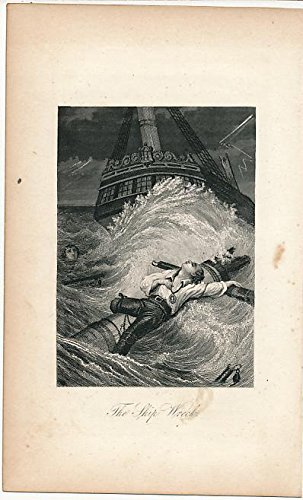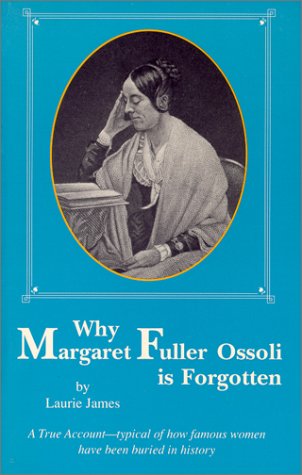I find the actual to be far less real to me than the imagined. Why this singular prominence and importance is given to the former, I do not know. In proportion as that which possesses my thoughts is removed from the actual, it impresses me. I have never met with anything so truly visionary and accidental as some actual events. They have affected me less than my dreams. Whatever actually happens to a man is wonderfully trivial and insignificant, even to death itself, I imagine. He complains of the fates who drown him, that they do not touch him. They do not deal directly with him.
I have in my pocket a button which I ripped off the coat of the Marquis of Ossoli on the seashore the other day. Held up, it intercepts the light and casts a shadow, an actual button so called, and yet all the life it is connected with is less substantial to me than my faintest dreams. This stream of events which we consent to call actual, and that other mightier stream which alone carries us with it, what makes the difference?
On the one our bodies float, and we have sympathy with it through them; on the other, our spirits. We are ever dying to one world and being born into another, and possibly no man knows whether he is at any time dead in the sense in which he affirms that phenomenon of another, or not.
Our thoughts are the epochs of our life: all else is but as a journal of the winds that blew while we were here. (1850)
Margaret Fuller, who spent her life protesting injustice, died at the age of 40 in a shipwreck off New York Harbor while onlookers watched from the shore. She was America’s first feminist, first female literary critic and first woman foreign correspondent. She was known as the best-read woman in New England.
Horace Greeley hired her to write literary criticism for the New York Tribune. He sent her to England in 1846 as a foreign correspondent.
While in England she met an Italian revolutionary, Count Giovanni Ossoli, 10 years her junior. They became lovers and she became pregnant. Together they went to Rome, where he fought for a democratic Rome against the French and Austrian armies.
Margaret Fuller cared for wounded soldiers until her pregnancy prevented her from doing it anymore. When the revolutionaries lost Rome, they moved to Florence.
She bore a child, a boy named Angelino, and wrote an eyewitness history of the Roman revolution. But the family’s financial outlook was grim. She couldn’t support herself or her family in Italy, so she decided to return home.
During the voyage the captain died of smallpox and Angelino contracted the disease. She was relieved when he recovered, but the worst was to come.
The inexperienced first mate who replaced the captain thought the Fire Island lighthouse was the Navesink Light off Cape May, N.J.
As the Elizabeth approached the coast on the night of July 19, a gale hit. The mate should have sailed along the shore, but instead he sailed into it.
The Elizabeth hit a sandbar with a jolt at 4:10 a.m. Passengers woke by the sound of the ship’s hull splintering against the sand. The great blocks of marble began crashing through the hull.
The passengers, a half dozen of them, crowded into the forecastle in their nightclothes and waited for dawn. Margaret Fuller, clutching her baby, could see how close they were to land.
Every wave lifted the forecastle roof and washed over the passengers. A crowd gathered on shore, watching the helpless passengers. A wave washed Ossoli overboard.
The American Shipwreck Society tried to rescue the passengers, but the roiling sea too much to bring a boat out. They tried to fire a mortar, but failed.
Margaret Fuller, drenched in a white nightgown, finally relented and gave her baby to a crewmember. He grabbed a spar, jumped into the ocean and drowned along with Angelino.
The tide rose as noon approached. At 2:30 the gale increased, the Elizabeth broke apart and by 2:45 nothing could be seen of the ship..
Margaret Fuller, sitting with her back to the foremast her hands on her knees, was washed overboard. The last words anyone heard her utter were, "I see nothing but death before me--I shall never reach the shore."
Emerson sent his friend Henry David Thoreau to Fire Island to find out what happened. He recovered Fuller's desk, some baby clothes and some papers. Her body was never found, nor was her history of the Roman Revolution. He found a coat belonging to Count Ossoli, ripped off a button and took it home.
Thoreau was shaken by the experience.
Margaret Fuller Dies in a Shipwreck While People Watch, New England Historical Society


